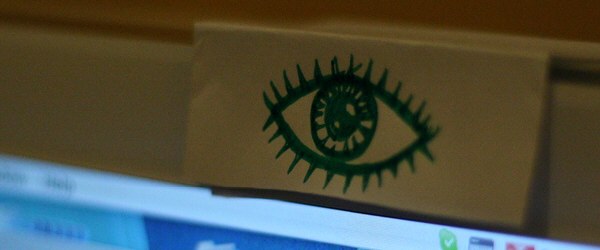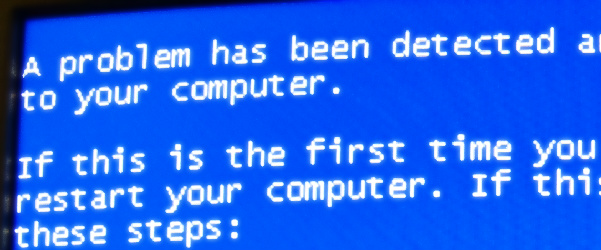Marsh v. County of San Diego, — F.3d —, 2012 WL 1922193 (9th Cir. May 29, 2012)
Yes, there is now. At least in the Ninth Circuit. Since the defendant was found to be not liable for violation of that right because of qualified immunity, an appeal is unlikely and the ruling will probably stand.

Background
When defendant Coulter retired from the district attorney’s office, he kept a photocopy of an autopsy photo (of a 2-year old boy with head injuries) from one of the cases he tried in 1983. What’s even more bizarre is that defendant turned over the photo and a memo to a newspaper and television station.
When the mother of the deceased little boy who appeared in the photo heard about this, she sued the district attorney and the county for violation of her due process rights under the Fourteenth Amendment of the United States Constitution.
The trial court threw out the case on summary judgment. Plaintiff sought review with the Ninth Circuit. Though the court found defendant was not liable for a constitutional violation because of qualified immunity, it held that plaintiff had a constitutionally protected right to privacy over her child’s death images.
Due Process
The Due Process Clause of the Fourteenth Amendment to the U.S. Constitution has been held to protect “a right of personal privacy, or a guarantee of certain areas or zones of privacy.” Carey v. Population Servs. Int’l, 431 U.S. 678, 684 (1977) (quoting Roe v. Wade, 410 U.S. 113, 152 (1973)). This privacy right is of two types: (1) the individual interest in avoiding disclosure of personal matters, and (2) the interest in independence in making certain kinds of important decisions concerning, for example, family relationships and child rearing.
In this case, the court observed that other courts, including the Supreme Court, had recognized a common law (but not constitutional) protection against the disclosure of a deceased family member’s death scene photos. But this case was the first time a court held that protection against public disclosure of such photos was a constitutionally protected right under substantive due process.
The court noted that “the well-established cultural tradition acknowledging a family’s control over the body and death images of the deceased has long been recognized at common law.” Because such sensibility is so deeply-rooted in our culture, the test for both types of substantive due process were met in this case. Protecting the interest would serve to avoid the disclosure of the graphic details of a family member’s tragic death (which reveals much about the manner of death and extent of suffering). In the context of a child’s autopsy photos, the right of a parent to determine the “care, custody and control” of the child is protected by a federal privacy right against public disclosure.
State Law – Procedural Due Process
The court held that plaintiff’s procedural due process rights were violated by the disclosure of the autopsy photo. California has a statute — Cal.Civ.Proc.Code § 129 — that codifies the state’s public policy against the reproduction of post-mortem photos for improper purposes. This served to create a liberty interest in plaintiff that could not be taken away without due process. The court found that plaintiff had sufficiently alleged a claim of violation of the statute and, therefore, a deprivation of a state-created liberty interest.
Photo credit: atluxity under this license.








